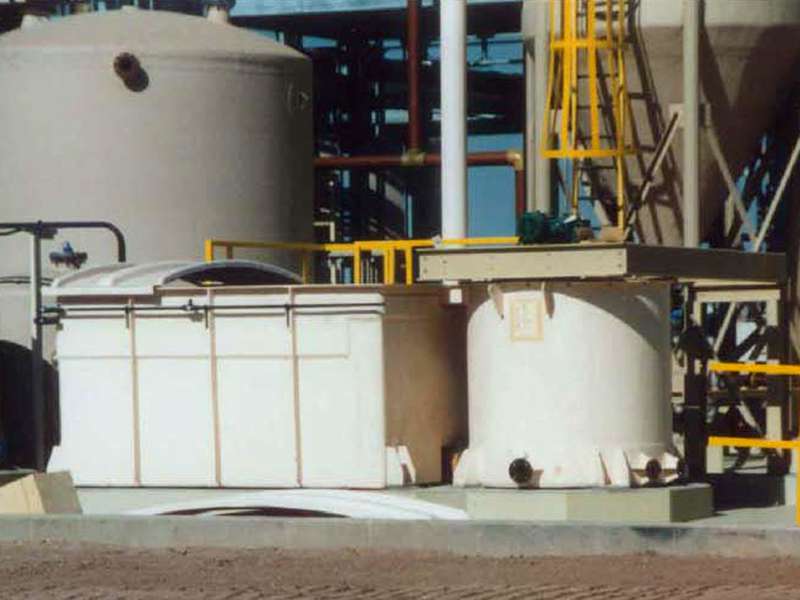
-
 Afrikaans
Afrikaans -
 Albanian
Albanian -
 Amharic
Amharic -
 Arabic
Arabic -
 Armenian
Armenian -
 Azerbaijani
Azerbaijani -
 Basque
Basque -
 Belarusian
Belarusian -
 Bengali
Bengali -
 Bosnian
Bosnian -
 Bulgarian
Bulgarian -
 Catalan
Catalan -
 Cebuano
Cebuano -
 China
China -
 China (Taiwan)
China (Taiwan) -
 Corsican
Corsican -
 Croatian
Croatian -
 Czech
Czech -
 Danish
Danish -
 Dutch
Dutch -
 English
English -
 Esperanto
Esperanto -
 Estonian
Estonian -
 Finnish
Finnish -
 French
French -
 Frisian
Frisian -
 Galician
Galician -
 Georgian
Georgian -
 German
German -
 Greek
Greek -
 Gujarati
Gujarati -
 Haitian Creole
Haitian Creole -
 hausa
hausa -
 hawaiian
hawaiian -
 Hebrew
Hebrew -
 Hindi
Hindi -
 Miao
Miao -
 Hungarian
Hungarian -
 Icelandic
Icelandic -
 igbo
igbo -
 Indonesian
Indonesian -
 irish
irish -
 Italian
Italian -
 Japanese
Japanese -
 Javanese
Javanese -
 Kannada
Kannada -
 kazakh
kazakh -
 Khmer
Khmer -
 Rwandese
Rwandese -
 Korean
Korean -
 Kurdish
Kurdish -
 Kyrgyz
Kyrgyz -
 Lao
Lao -
 Latin
Latin -
 Latvian
Latvian -
 Lithuanian
Lithuanian -
 Luxembourgish
Luxembourgish -
 Macedonian
Macedonian -
 Malgashi
Malgashi -
 Malay
Malay -
 Malayalam
Malayalam -
 Maltese
Maltese -
 Maori
Maori -
 Marathi
Marathi -
 Mongolian
Mongolian -
 Myanmar
Myanmar -
 Nepali
Nepali -
 Norwegian
Norwegian -
 Norwegian
Norwegian -
 Occitan
Occitan -
 Pashto
Pashto -
 Persian
Persian -
 Polish
Polish -
 Portuguese
Portuguese -
 Punjabi
Punjabi -
 Romanian
Romanian -
 Russian
Russian -
 Samoan
Samoan -
 Scottish Gaelic
Scottish Gaelic -
 Serbian
Serbian -
 Sesotho
Sesotho -
 Shona
Shona -
 Sindhi
Sindhi -
 Sinhala
Sinhala -
 Slovak
Slovak -
 Slovenian
Slovenian -
 Somali
Somali -
 Spanish
Spanish -
 Sundanese
Sundanese -
 Swahili
Swahili -
 Swedish
Swedish -
 Tagalog
Tagalog -
 Tajik
Tajik -
 Tamil
Tamil -
 Tatar
Tatar -
 Telugu
Telugu -
 Thai
Thai -
 Turkish
Turkish -
 Turkmen
Turkmen -
 Ukrainian
Ukrainian -
 Urdu
Urdu -
 Uighur
Uighur -
 Uzbek
Uzbek -
 Vietnamese
Vietnamese -
 Welsh
Welsh -
 Bantu
Bantu -
 Yiddish
Yiddish -
 Yoruba
Yoruba -
 Zulu
Zulu
Fiberglass Scrubbers for Effective Air and Water Pollution Control Solutions
The Role of Fiberglass Scrubbers in Air Quality Management
In today's industrial environment, managing air quality is a pressing concern due to the increasing awareness of environmental issues and regulatory requirements. One effective solution that has gained popularity in various industries is the use of fiberglass scrubbers. These advanced systems play a vital role in reducing harmful emissions and ensuring cleaner air.
Fiberglass scrubbers, also known as scrubber systems, are designed to remove pollutants from industrial exhaust streams. They utilize a process called scrubbing, where the contaminated gas is passed through a liquid solution, often made from chemical solvents, to capture and neutralize harmful particles. What sets fiberglass scrubbers apart from traditional materials is their superior resistance to corrosion, which is critical in environments where harsh chemicals are present.
The primary applications of fiberglass scrubbers include power plants, chemical manufacturing facilities, and waste treatment plants
. In these settings, they effectively remove volatile organic compounds (VOCs), sulfur dioxide (SO2), and ammonia, significantly reducing the impact of industrial operations on air quality. By scrubbing these pollutants, fiberglass scrubbers not only adhere to environmental regulations but also promote a healthier workplace for employees and surrounding communities.fiberglass scrubber

One of the key advantages of fiberglass scrubbers is their durability. Made from fiberglass-reinforced plastics, these scrubbers resist the corrosive effects of acid gases and chemicals, which prolongs their lifespan and reduces the need for frequent maintenance. This characteristic makes them a cost-effective solution for industries where corrosive emissions are a concern. Moreover, their lightweight design allows for easier installation and retrofitting, accommodating various space constraints and operational requirements.
In addition to their structural benefits, fiberglass scrubbers can be customized to suit specific industrial needs. Different scrubbing solutions can be employed depending on the type of emissions released, making these systems versatile tools for pollution control. For instance, in facilities that predominantly release acidic gases, appropriate alkaline scrubbing solutions can be used to neutralize emissions effectively.
As environmental regulations become more stringent, industries are increasingly turning to innovative technologies like fiberglass scrubbers to meet compliance standards. By investing in such systems, companies not only enhance their operational efficiency but also demonstrate their commitment to sustainability and environmental stewardship.
In conclusion, fiberglass scrubbers represent a crucial advancement in industrial air quality management. Their durability, customization options, and effectiveness in removing harmful pollutants position them as an essential component in the fight against air pollution. As industries strive for greener practices, the adoption of fiberglass scrubbers will likely continue to rise, contributing significantly to cleaner air and a healthier planet. Through responsible management of emissions, we can pave the way for a sustainable future where industrial growth does not compromise environmental integrity.









